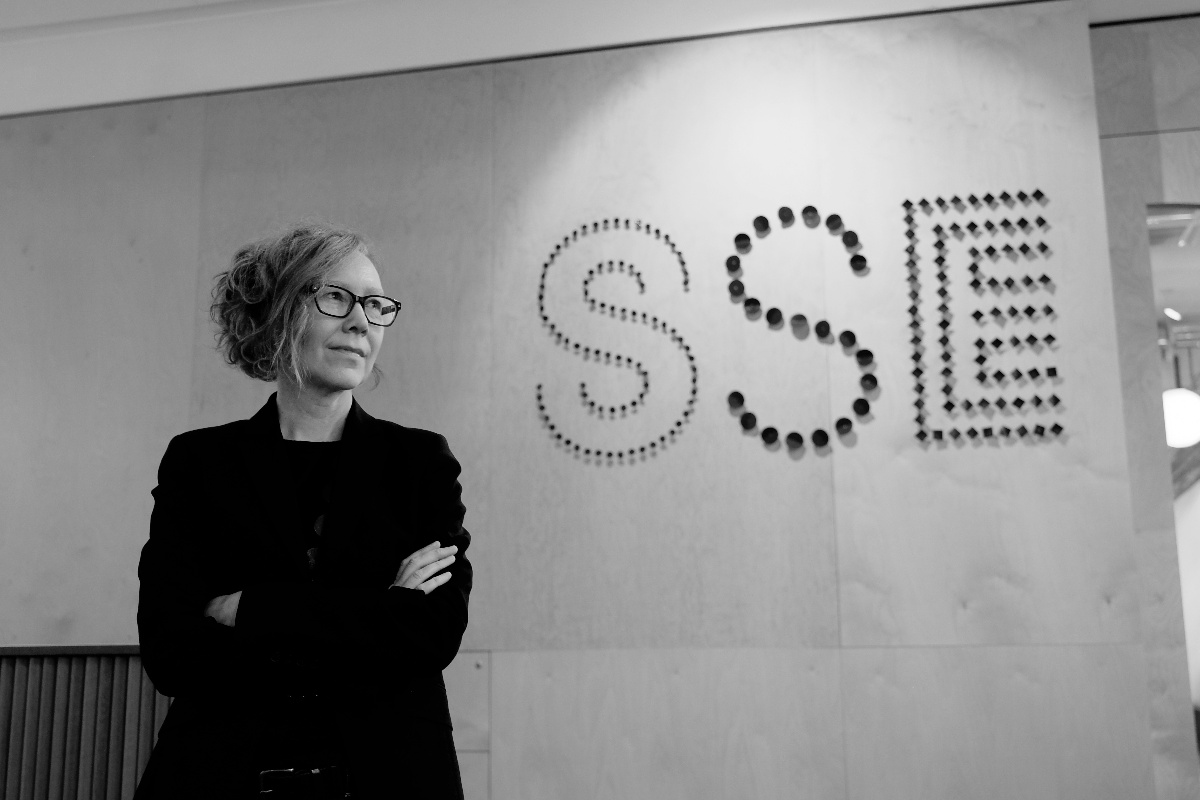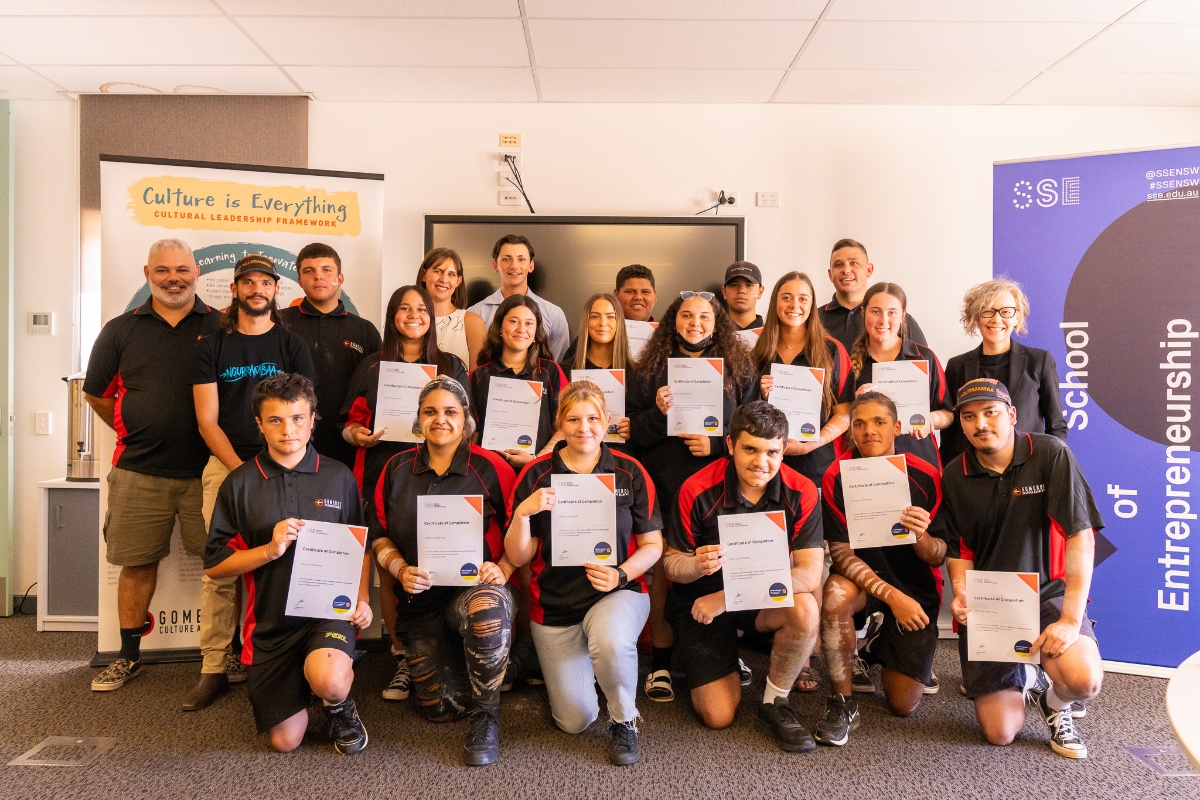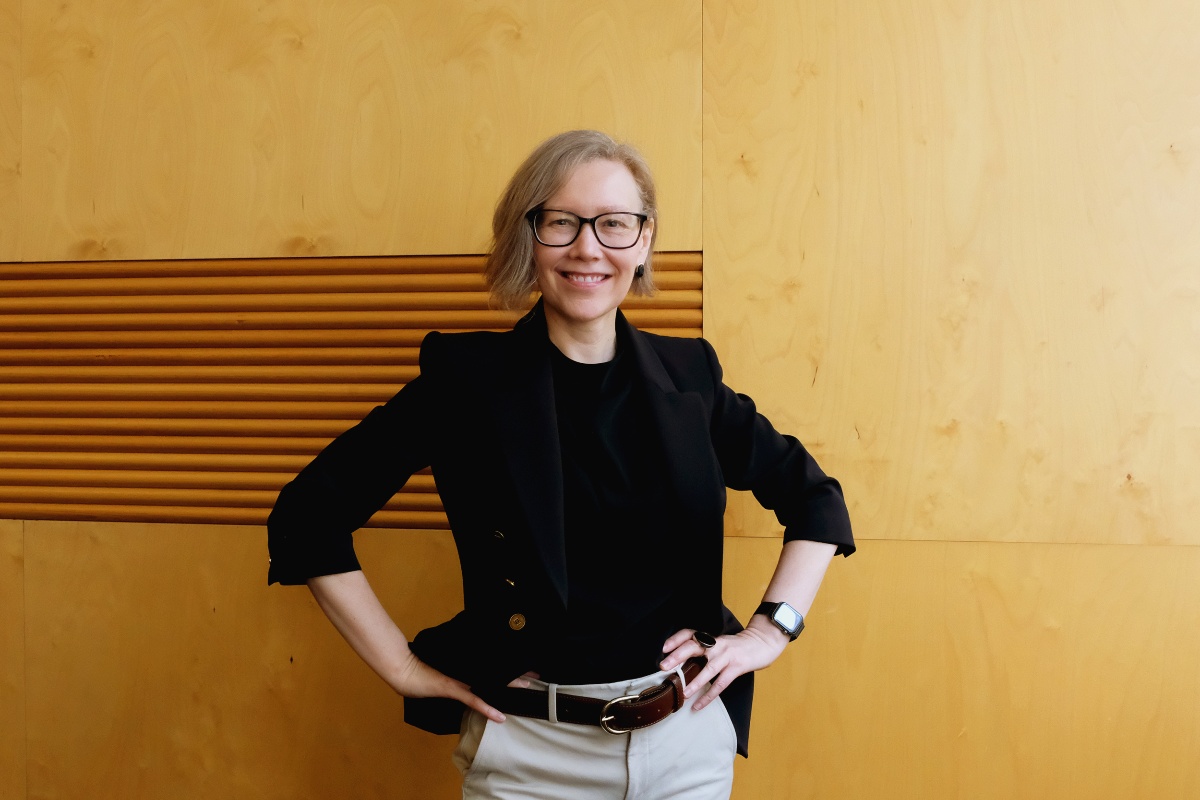Stories
Generation ‘flex’: what companies need in 2023 to attract (and retain) young talent
2 min read
Generation ‘flex’: what companies need in 2023 to attract (and retain) young talent
Dr Sarah Jones 9 June 2023

Innovate or die? Not quite, but the COVID pandemic and the ensuing Great Resignation (1 in 5 Australians were reported to have changed jobs in 2021 alone) radically altered the recruitment landscape for employers and job seekers alike. For good. Today’s students and new graduates are motivated and ambitious; they’re ready to flourish, full of energy, and brimming with big ideas. So it stands to reason that they are seeking employers who embody that same dynamism.
At the Sydney School of Entrepreneurship (SSE), we believe that education is the gateway to innovative and critical thinking. In collaboration with industry, government, and our diverse communities, we’re working hard towards a nationwide culture of entrepreneurialism and shared prosperity. We’re gearing young people from a range of different backgrounds with entrepreneurial mindsets and nurturing talent, but it’s vital that workplaces follow suit in order to maintain the momentum.
Regardless of the industry in which you’re operating, and in the face of continuing local talent shortages and rapid technological change, it’s essential that companies understand and equip themselves to meet the needs and priorities of young and emerging talent, wherever they are in Australia.
Culture of creativity
High salaries aren’t the drawcard they once were. Young people want a better balance in their lives and they want the freedom to create and innovate, whether that’s internally or outside of the business. So as job markets get more competitive, it’s imperative that employers foster authentic cultures of creativity and learning within their businesses—led from the top down and the inside out—to enable their teams to flourish creatively.
Enmeshed in your internal culture of innovation there should be clear and open career pathways for progression and growth, too; if new talent can see how their career will progress in your business, they’ll be more likely to believe your vision. The skills employers prize should be evolving; so, value staff who are self-directed, self-regulated, excited, confident to ask for help and engage co-workers in solution-seeking, and who are active and involved from Day 1.
Outcomes over hours
Focus on outcomes over hours. This creates space for flexibility in people’s job structures and their working weeks. Instead of counting hours spent in chairs or at desks, clearly define and communicate individual and team metrics to ensure everyone agrees on what’s expected of them.
Being less constricted by hours and shining a spotlight on achievements and milestones has a knock-on effect of building trust, and has been shown to have a positive impact on productivity, staff well-being, and job satisfaction.
Make space for innovation
Consider integrating leave policies to allow employees to take unpaid leave from their roles to explore entrepreneurship or other creative pursuits. More than $10 billion was invested in Australian startups in 2021. Indigenous Australia represents an untapped wealth of startup talent, too, with the number of registered Indigenous-owned businesses growing by at least 4% year on year between 2008 and 2016; and more current data reflects a similar growth.
Fostering an entrepreneurial mindset and encouraging your workforce to get amongst it is not only good for employers—to have staff out there building their personal brands and advocating for yours, and bringing new skills, energy, and ideas back to your workplace—entrepreneurship is key to driving economic success.
While we live and breathe it at SSE, a commitment to innovation is crucial to the success of any organisation. Open-minded, future-focused companies will attract and retain more, better talent, and incorporate a greater diversity of ideas and inspiration. Everyone wins, your company’s bottom line included.
By Dr Sarah Jones. Article originally published in Business News Australia.


